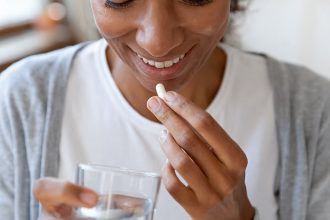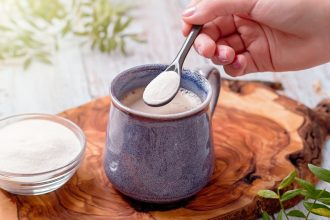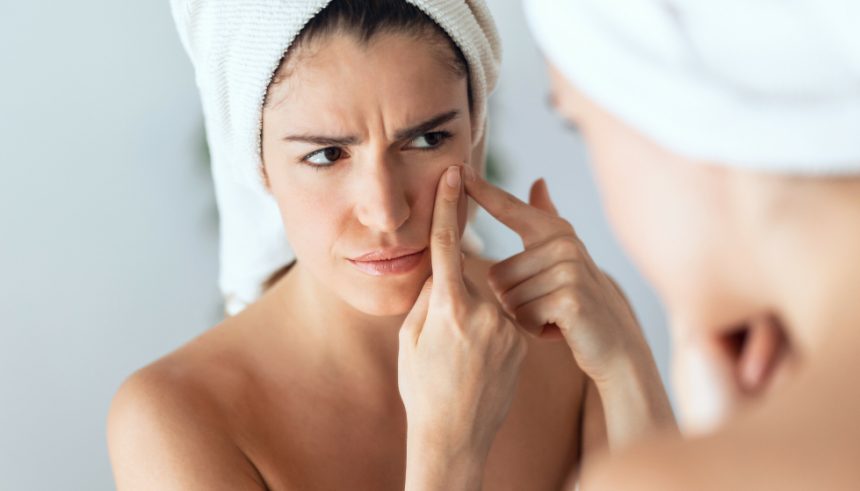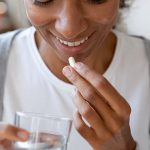If you’re dealing with red and inflamed acne blemishes, there are several skincare products and practices that may help reduce the redness and inflammation. Even if you follow a complex 10-step skincare routine, breakouts can still occur. Fortunately, there are ways to minimize redness through skincare efforts.
However, if you’re short on time, there are also some quick tips for concealing blemishes until you can address the underlying redness permanently.
How to reduce redness from acne
To effectively reduce redness from acne, it’s essential to focus on using anti-inflammatory compounds while maintaining a gentle approach to skincare. Avoid the temptation to use harsh scrubs or irritating products to treat acne. Instead, opt for a simplified skincare routine.
Overuse of oil-removing products can lead to the skin producing more oil, exacerbating acne. Therefore, the objective is to keep the skin clean and utilize targeted products specifically designed to reduce redness while allowing blemishes to heal.










